Treasure Valley creative ventures fuel individual, local business, community success
Andrew Stensaas and Lauren Edson. Photo by Steve Smith
Imagine walking around downtown, looking around at the area’s infrastructure as cars pass by, when suddenly you notice a towering bank building with a picturesque river scene painted down many stories.
That is just one instance of a recent public art installation in downtown Boise, which Andrew Strensaas describes as potential “subconscious fuel” for an individual’s creativity in or out of the workplace.
Jennie Myers also describes a community’s art as embodying soul, self-expression and meaning, for an individual and the community.
“I think people recognize that creativity creates differentiation and uniqueness, and it creates unique experiences that tell stories,” Myers said. “Those ... creative opportunities are the same everywhere. Creative opportunity comes from within, and it's not restricted by geography.”
Myers and Stensaas represent two Treasure Valley businesses that are blending art and entrepreneurship to produce innovative creativity for the community.
Over the past 10 years, Boise’s city center in particular has been evolving — growing new ventures like Treefort Music Festival and hosting more public art pieces on downtown structures — and more is hoped for; that is where LED comes in.
Photo Courtesy LED Boise
Andrew Stensaas, who started LED with his partner Lauren Edson, describes art and creativity as being the nucleus of a city.
“It seems like that's such a big thing to say, because obviously that's not focusing on infrastructure and what's economically within the city,” Stensaas said.
LED is working to provide a space for local artists, including for performance artists in a future artist in residency program, to develop their own art; and, sometimes collaboratively, LED creates projects to engage the greater Treasure Valley community.
“I think what one this pandemic has made paramount, Is that artistic encounters can happen anywhere, and they will, and they have to,” Edson said. “I think that audiences are incredibly smart, and people are ready for the challenge of however they're asked to participate and that's one thing that you're constantly wanting to explore is that audience artists relationship and how we can break that down in a way that feels less aristocratic.”
“Disruption” is not only relevant to the artistic space, as described by local creative company Against; it has a place in the entrepreneurship ecosystem as well. Sometimes, the relevance of art and creativity to the business sphere is not immediately apparent, which is one reason Myers and Brad Weigle co-founded Against: to help businesses utilize creativity.
“Entrepreneurship takes a lot of a leap of faith, a lot of risk taking, and a lot of ambiguity, not knowing where you're going,” Myers said. “The best creativity and the best creative ideas and solutions come out of that ambiguity and being open to all sorts of possibilities, and then not knowing where you're going.”
Photo. by Will Bowers
Disruption — or going against the norm — also overlaps creativity and the entrepreneur space, as entrepreneurs often innovate new solutions to norms causing pain points in industry and society. This concept is the core of Against, and they are teaching the concept to current business stakeholders, and future ones as well, such as at Boise State’s College of Innovation and Design. Edson and Stensaas second that art and creativity give a competitive edge in the business sphere.
They add that collaboration is another commonality, and one they continually embrace as business and project leaders. The key to success is a stripping away of ego.
“A genuine collaboration is one of the hardest things to do artistically,” Edson said. “It's a very difficult process, to work so intimately on something, where two individuals, three or four individuals, have their own projection of what something should be … then to ask them to be part of a collaborative experience I think is really such a difficult, yet fruitful process, (but) ultimately, the product is going to far surpass anything anyone could do (alone), but it's getting people to … be willing to put in that extra work, because it's a whole heck of a lot easier to just do it yourself.”
“I think for an audience member and for people in our community, witnessing collaboration in a really successful manner is so good,” Edson added. “To me (that’s) one of the sort of intangibles that people witness.”
Art and creativity have been compartmentalized in the business ecosystem, but Against and LED demonstrate that does not have to be the case, starting with how a business connects with their audience.
“The interesting thing about business, and the interesting thing about entrepreneurship, is you're usually filled with lots of information, and you're trying to get that information out to people, whether it's information about your product, information about your service, whatever it might be,” Weigle said. “The problem is most people don't listen to information, they listen to stories, and that's where creativity, our storytelling come in as the ability to craft these amazing stories that people actually listen to and want to see more of. So I think that's especially (true) for entrepreneurs.”
And, creativity will have a crucial role, everywhere, going forward.
“(When) we think about art and creativity, it has a real place in our future,” Weigle said. “I think that when you use words like innovation and progress, (they take) on a really technical viewpoint, like most people I think would take that into artificial intelligence and automation ... A place where those things are going to start to replace a lot of the job roles that humans have taken on … it's going to be art and creativity that really flourishes, especially in the workplace. I think that that's really going to be a skill set for not only today but well into the future.”
Photo by Will Bowers





